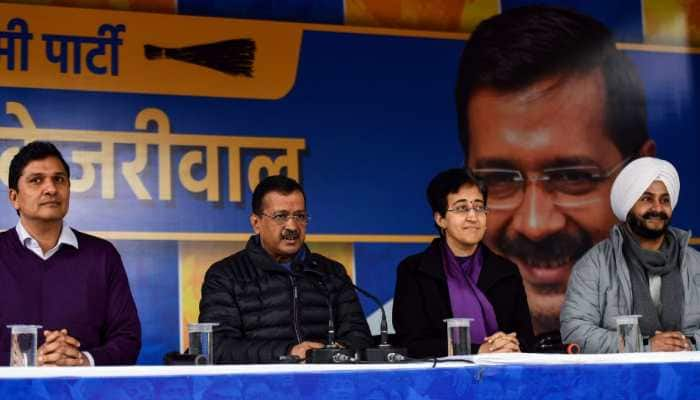Rise in cross-border infiltration gives birth to real-time satellites
The idea behind this is to track the movement of intruders, minimise infiltration attempts, effective communication, and many other things, which will eventually help the Border Security Force (BSF) and Indo-Tibetan Border Police (ITBP) to better guard the borders and keep the country safe.
Trending Photos
) Representational image
Representational image New Delhi: Keeping in mind the rise in cross-border infiltration, the government is planning for a dedicated real-time satellite for better surveillance at borders.
The idea behind this is to track the movement of intruders, minimise infiltration attempts, effective communication, and many other things, which will eventually help the Border Security Force (BSF) and Indo-Tibetan Border Police (ITBP) to better guard the borders and keep the country safe.
As per a report published in Times of India, top bureaucrats in the home ministry recently held several rounds of meetings with BSF, ITBP, SSB and ISRO officials, during which it was discussed whether a single satellite would be enough to monitor activities on the borders or if each force needed to be provided a dedicated satellite.
The government is seriously considering the matter, as they feel that communication, surveillance and intelligence need to be tightened around borders.
Satellites can play a pivotal role in border management and India is significantly wealthy in the Asian region when it comes to satellites.
The Cartosat-2 series advanced remote sensing satellite, which was launched on June 23, has been helpful in enhancing India's military surveillance capabilities as its high-resolution PAN camera can cover a swathe of 9.6 km and its spatial resolution is less than one metre.
The Ministry of Home Affairs is providing the security forces with better equipment so that they can deal with the situation ably.
Stay informed on all the latest news, real-time breaking news updates, and follow all the important headlines in india news and world News on Zee News.
Live Tv







)
)
)
)
)
)
)
)
)
)
